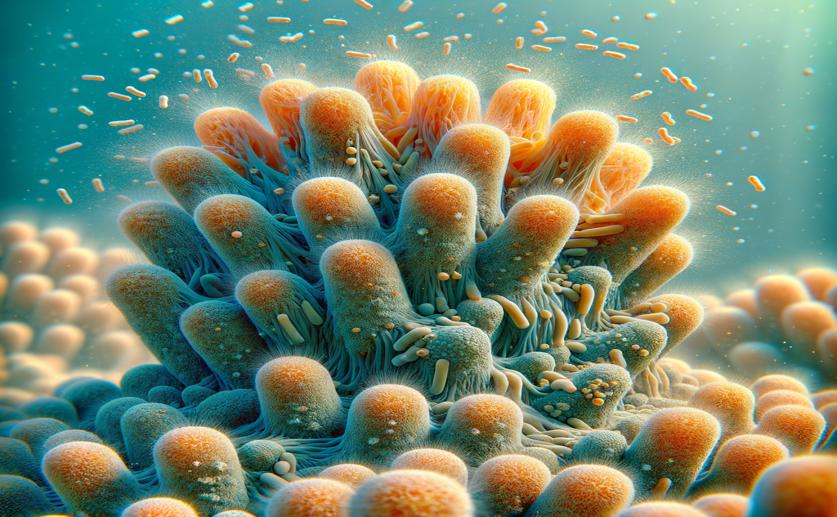
Sponge and Microbe Interactions: Unlocking Their Secrets
Jenn Hoskins
9th April, 2024

Image Source: Natural Science News, 2024
Key Findings
- Study conducted on Hawaiian sponge Mycale grandis and its microbes
- Sponge and microbes show stable communities but vary in gene activity across environments
- Sponge's immune genes linked to microbial diversity and activity, suggesting close host-microbe interaction
References
Main Study
1) Niche–dependent sponge hologenome expression profiles and the host-microbes interplay: a case of the hawaiian demosponge Mycale Grandis
Published 8th April, 2024
https://doi.org/10.1186/s40793-024-00563-8
Related Studies
2) The Amphimedon queenslandica genome and the evolution of animal complexity.
3) The sponge microbiome project.
4) Diversity, structure and convergent evolution of the global sponge microbiome.



 9th March, 2024 | Jenn Hoskins
9th March, 2024 | Jenn Hoskins